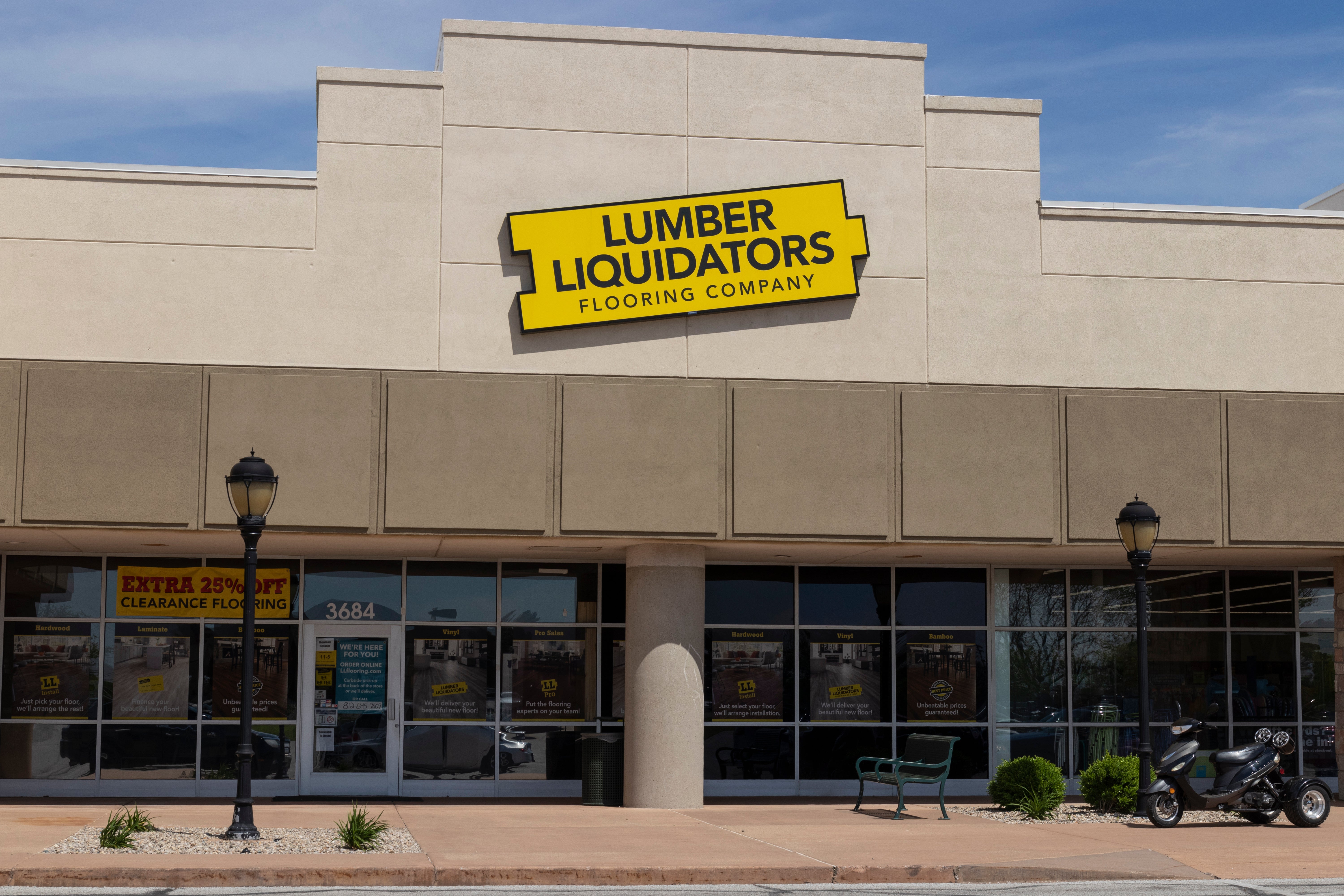When we look back on this era, it will be remembered as the crash after the boom. We already know when it began: In early 2022, Russia’s invasion of Ukraine and the beginning of the Fed’s interest rate hikes (pick your poison) kicked off a downturn in the home furnishings industry. More than two years later, the question is, Are we entering a new era, or still slogging through the old one?
Whatever the answer, it’s worth taking a moment to appreciate just how widespread the pain has been. Sometimes it seems as though this post-boom period has impacted big-name companies more than individual businesses on the retail and supplier side of the trade.
That would be wrong.
Counting up the post-pandemic business casualties shows that droves of home furnishings stores have filed for bankruptcy, many going permanently out of business. On the supply side, vendors have also shut down, and even if some of these events had underlying causes that predate the home business collapse, they contributed to the wave of closings throughout the industry.
The two most recent bankruptcies on the retail side are Big Lots and LL Flooring. Both have had ongoing problems that plagued them for years, but the slowdown left them no margin for error, and each filed for Chapter 11, for a while appearing headed toward going out of business. Now, last-minute deals are in the works to save both retailers, but at a severely reduced size. Big Lots, which had already announced more than 300 of its 1,800 locations would be shuttered, is now expected to close several hundred more under its new ownership and could end up with as few as 1,000 stores—only a little more than half its pre-bankruptcy footprint.
LL Flooring is now in the process of being bought by its founder and former CEO, Thomas Sullivan, but if the deal goes through, it will come out of the bankruptcy proceedings with about 200 stores, about half of what it had. It is also expected to revert back to its original name, Lumber Liquidators.
These actions followed the bankruptcy and liquidations of Conn’s and its Badcock Furniture subsidiary, totaling more than 500 locations under the two brands. The latter had been in business for 120 years. Oka, a British specialty chain, smaller and more upscale, also shut down this year, closing all of its U.S. stores.
Scores of independent retailers of furniture—the hardest hit of the home furnishings sectors—have also disappeared over the past two years. The RoomPlace, a Midwestern furniture chain based in Chicago, filed for bankruptcy this past February, and while it initially appeared it would close only eight stores, reports show it told the court that it will in fact shut down completely, closing all 18 of its locations. Furniture Today reported at least six other retail bankruptcies so far this year, with many of the companies forced to go out of business—and that doesn’t include dozens of multigenerational mom-and-pop stores that have shuttered for good.
Going back to the start of the housing slowdown, several other retailers also closed up, ranging from Mitchell Gold + Bob Williams on the high end to Tuesday Morning on the discount side of the business. Even Bed Bath & Beyond’s liquidation in 2023 can be traced to the softness in the home business, though there were many other extenuating circumstances. And it wasn’t just new product retailers collapsing. Kaiyo, a furniture resale platform, shut down this summer. Its business was mostly online, though it did operate one store in New York for a period of time.
On the vendor side, it’s more difficult to identify closings. The most high-profile was United Furniture, a large Mississippi-based upholstery producer that had been a key supplier to Big Lots. It closed in November of 2022. And while Mitchell Gold + Bob Williams was primarily a retailer toward the end of its original existence, it did some wholesale business too. (It’s notable that while Surya purchased the assets of the company and is planning to bring it back to life later this year, they’re doing so strictly as a supplier—not as a retailer.)
There are certainly other companies that have not survived the home furnishings malaise. But there’s a chance that the long list of post-boom casualties may not get that much longer. Say it quietly: The bottom may be in, and flashes of good news are starting to add up.
The biggest is certainly last week’s rate cut from the Fed, a development many are hoping will finally shake the housing market loose. On that note, mortgages have come down significantly from their peak, with a 30-year fixed loan hovering just over 6 percent. None of the key metrics the government provides around demand for furniture are skyrocketing, but they’re not falling either—and some retailers are teasing an uptick.
It’s a fool’s errand to predict the end of a slump, and we may see more names—big and small—topple. But with each new headline of a collapse, it becomes more and more reasonable to wonder if it’s the last.
____________
Warren Shoulberg is the former editor in chief for several leading B2B publications. He has been a guest lecturer at the Columbia University Graduate School of Business; received honors from the International Furnishings and Design Association and the Fashion Institute of Technology; and been cited by The Wall Street Journal, The New York Times, The Washington Post, CNN and other media as a leading industry expert. His Retail Watch columns offer deep industry insights on major markets and product categories.





























